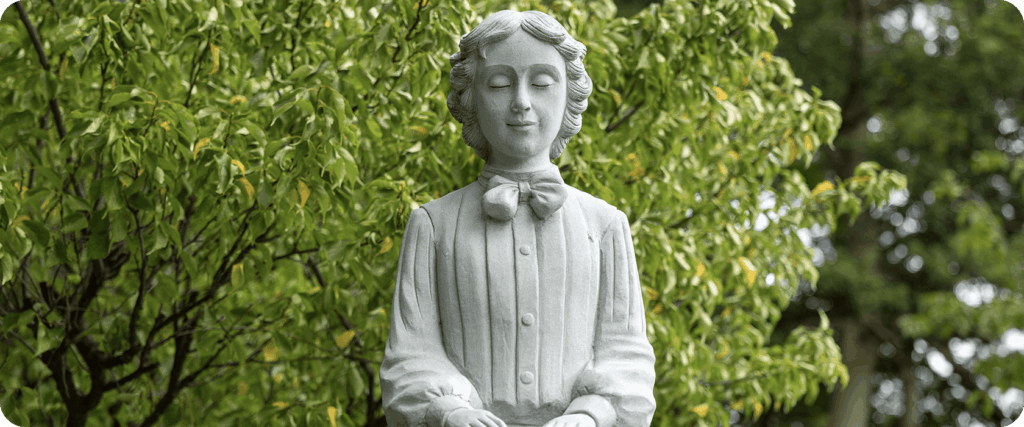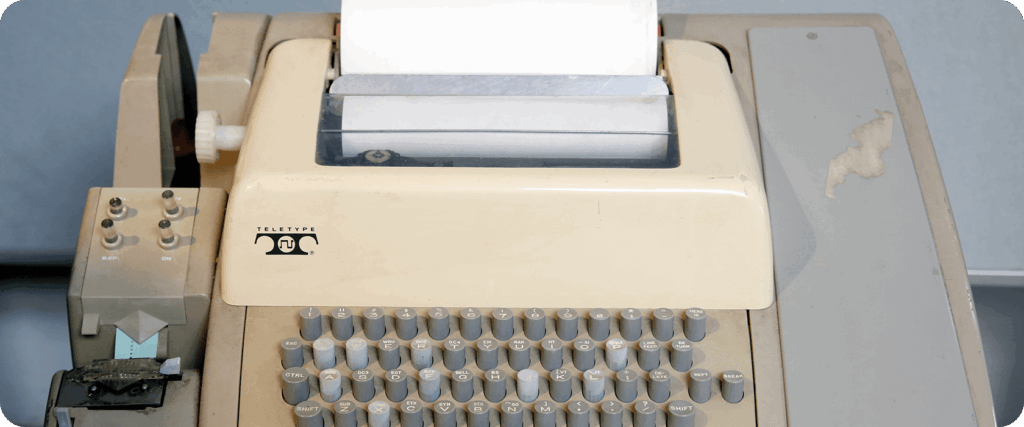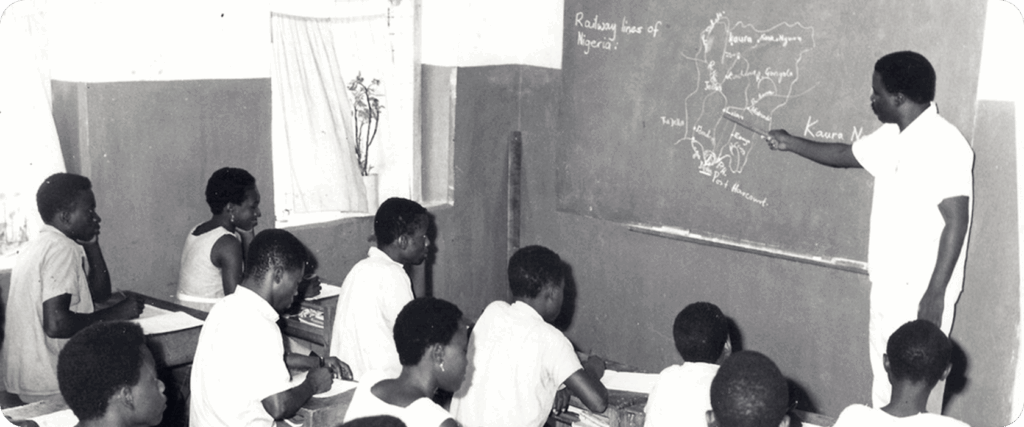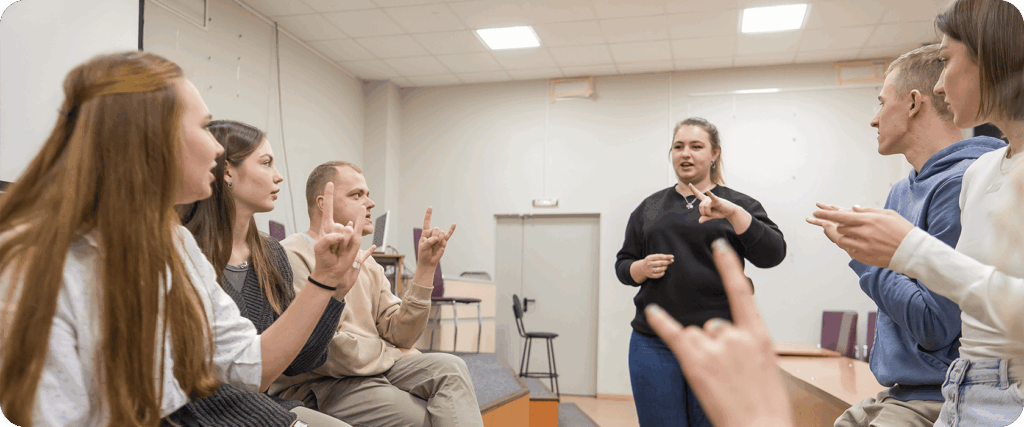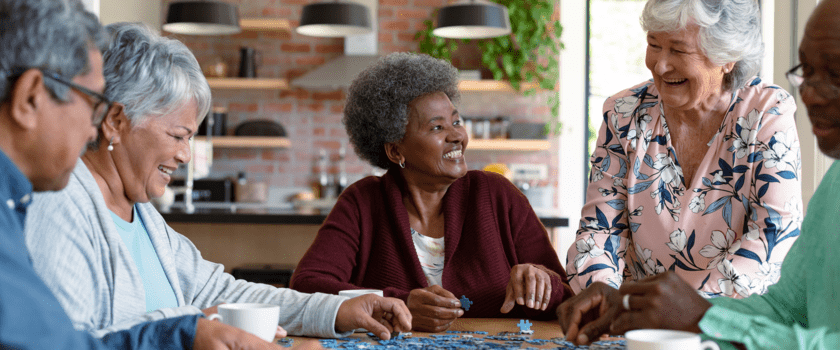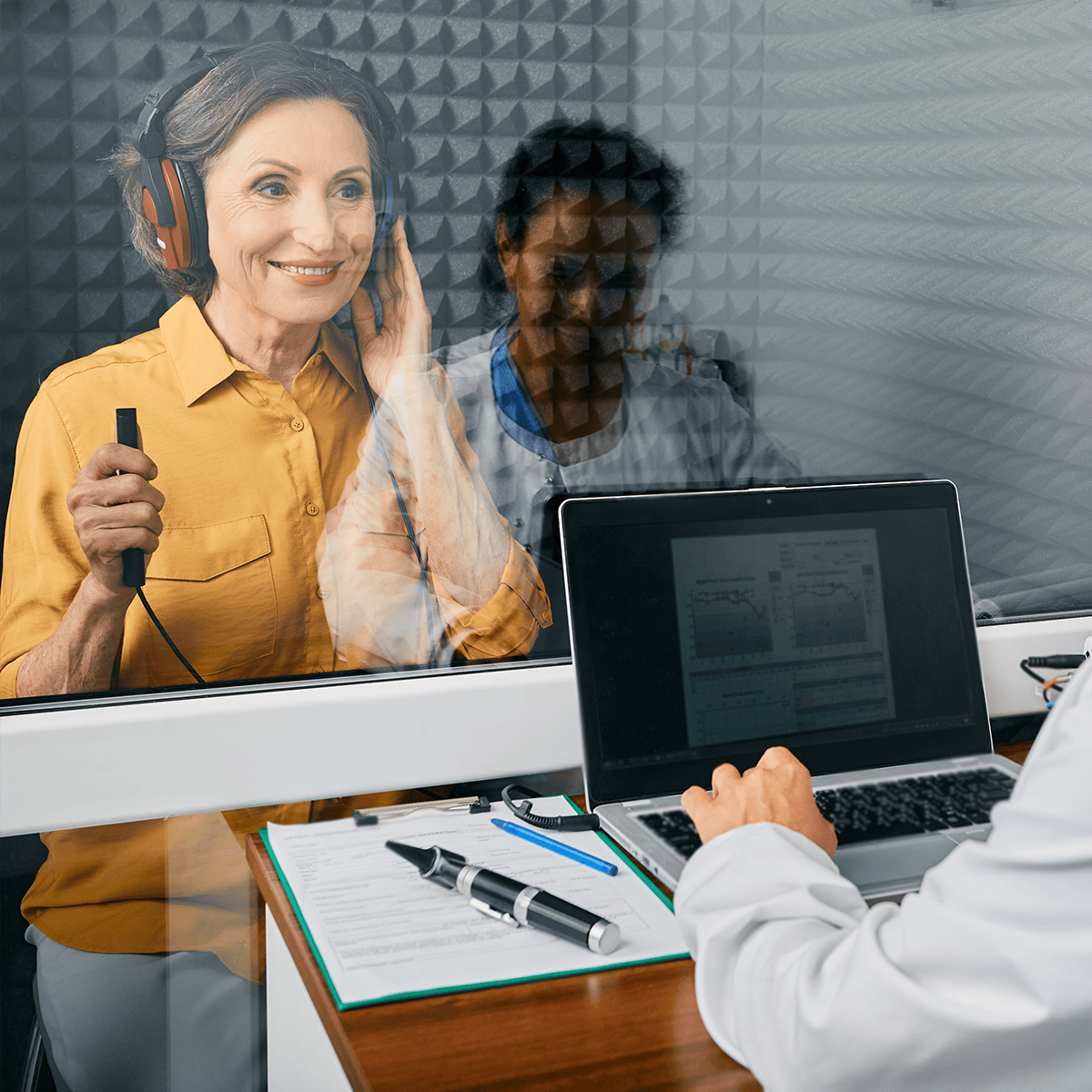Celebrating Communication Innovators During Deaf Awareness Month
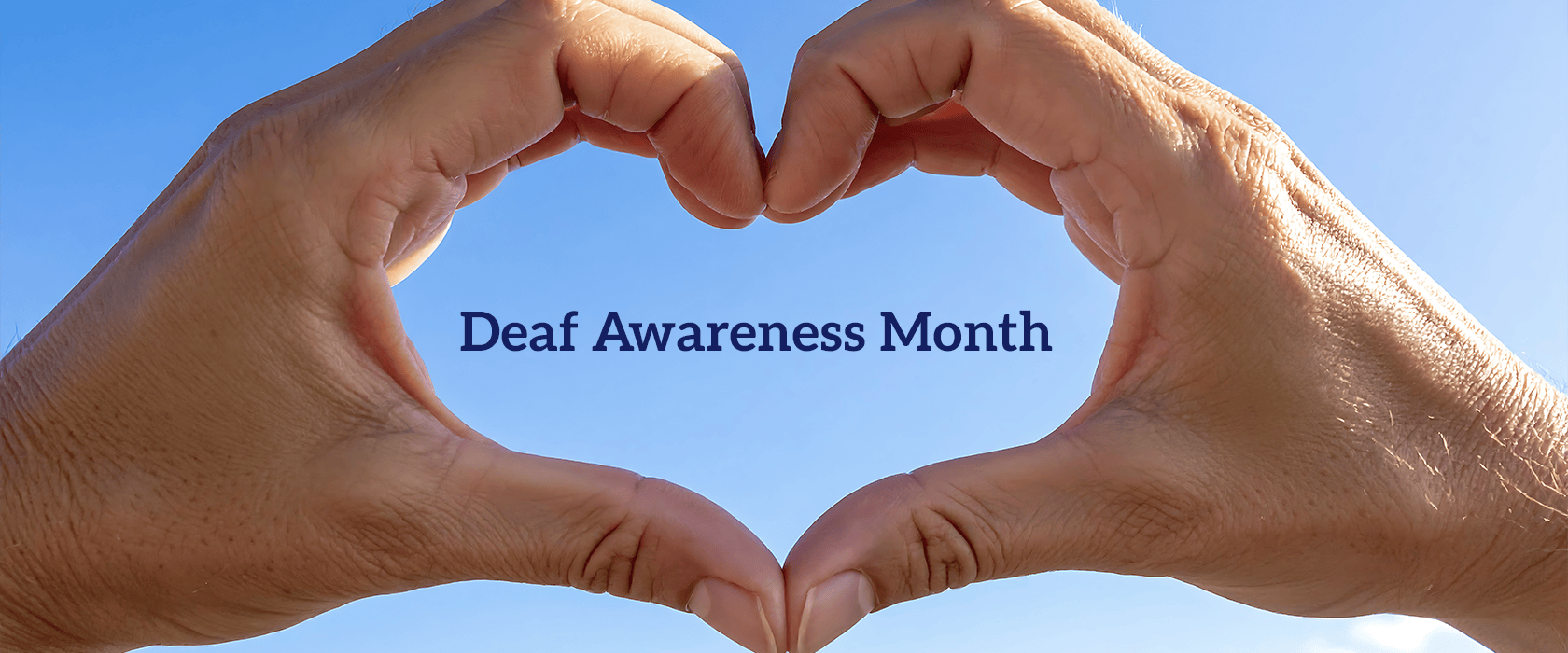
Key Takeaways
- Deaf Awareness Month has been taking place every September since 1958 to celebrate deaf culture and honor the innovations that have advanced communication accessibility for the deaf community.
- The deaf community has a rich cultural heritage built on visual communication, including American Sign Language (ASL) and deaf cultural values.
- Today’s communication technologies build directly on decades of advocacy and innovation from Deaf pioneers.
September is Deaf Awareness Month, a time to recognize the rich history, culture, and contributions of the deaf community. This month gives us a chance to celebrate the remarkable people who have advanced communication accessibility and fought for deaf rights, creating lasting change that continues to benefit deaf individuals worldwide.
Since 1958, Deaf Awareness Month has served to increase understanding of deaf culture, promote equal opportunities, and highlight the importance of accessible communication. This observance helps bridge understanding with the deaf community, fostering greater awareness of their unique contributions to society.
The deaf community features its own language, traditions, and values. American Sign Language (ASL) is a complete, complex language with its own grammar and syntax, recognized as the primary language of many deaf Americans. Understanding and celebrating this linguistic and cultural richness is central to Deaf Awareness Month’s mission.
Breaking Barriers: Helen Keller’s Advocacy Revolution
Helen Keller stands as one of history’s most influential advocates for the deaf community. Born in 1880 and rendered deaf and blind by illness as a toddler, Keller became a powerful voice for disability rights and helped transform public perception of what individuals with sensory differences could accomplish.
Working with her teacher Annie Sullivan, Keller developed communication methods that enabled her to earn a college degree and become an internationally recognized author and speaker. Her advocacy work helped establish many of the accessibility standards and legal protections that benefit the deaf community today, including improved educational opportunities and workplace accommodations.
Keller’s influence on communication innovations cannot be overstated. She demonstrated that effective communication takes many forms and that society must adapt to meet diverse needs. Her advocacy laid crucial groundwork for the legal protections that make modern accessibility accommodations possible.
Through her writing and speaking, Keller helped challenge attitudes about disability. She showed that being deaf doesn’t diminish a person’s potential or value, a message that remains central to deaf advocacy and pride movements today.
Modern Innovation: Robert Weitbrecht and Telecommunications
Robert Weitbrecht, a deaf physicist, forever changed telecommunications access for the deaf community through his groundbreaking work in the 1960s. Weitbrecht invented the acoustic coupler and teletypewriter (TTY) system, which converted typed messages into audio tones that could travel over standard telephone lines.
This breakthrough represented a revolution in communication access for deaf individuals. For the first time, deaf people could use telephone systems independently, handling personal calls and business communications without relying on hearing intermediaries.
Weitbrecht’s innovation had profound social implications beyond the technology itself. The TTY system enabled deaf individuals to participate more fully in employment, education, and social opportunities that had previously been largely inaccessible. His work directly contributed to later telecommunications accessibility requirements and paved the way for modern video relay services and text-based communication systems.
The impact of Weitbrecht’s invention extended far beyond individual convenience; it also represented a fundamental shift toward communication independence and equality for the deaf community.
Building Equality: Andrew Foster and Global Deaf Education
Andrew Foster’s contributions to the deaf community extend far beyond American borders. Born in 1925, Foster faced the dual challenges of being both Black and deaf in an era of segregation, but his determination to advance deaf education would eventually transform lives across multiple continents.
Foster made history in 1954 when he became the first African American to graduate from Gallaudet University, the world’s premier institution for deaf higher education. The university was named after Thomas Hopkins Gallaudet, who established the first school for deaf children in America in 1817.
Rather than settling into personal success, Foster envisioned a world where deaf education would be accessible to all deaf individuals, regardless of geography or circumstances. After completing his studies, Foster traveled to Africa, where he discovered that educational opportunities for deaf individuals were virtually nonexistent across the continent. Recognizing this as an urgent need rather than simply an observation, he dedicated his life to building educational infrastructure for deaf communities throughout Africa.
Over three decades, Foster established 32 schools for the deaf across 13 African nations, earning him recognition as the “Father of Deaf Education in Africa.” His work created educational opportunities for thousands of deaf students and established a lasting foundation for deaf education throughout the continent.
Foster’s legacy demonstrates how deaf leadership and advocacy can create transformational change. Many of his students became educators themselves, multiplying the reach of his vision and creating sustainable deaf educational communities that continue to thrive today.
Celebrating Deaf Culture and Identity
These innovators all understood that communication access is fundamental to human dignity and full participation in society. Their work reminds us that the deaf community’s contributions to communication innovation stem from their unique perspective and lived experiences as deaf individuals.
As we observe Deaf Awareness Month this September, we honor the deaf community’s rich cultural heritage and the ongoing fight for communication equality. Deaf Awareness Month reminds us that deaf culture brings unique perspectives, languages, and innovations that enrich our broader society. The work of these communication pioneers demonstrates that accessibility benefits everyone and that deaf voices and leadership are essential to creating truly inclusive communities.
The legacy of deaf innovators continues today, with deaf technologists, educators, advocates, and artists continuing to break down barriers and advance communication accessibility. Their work ensures that deaf culture and communication needs remain visible and valued in our increasingly connected world.
